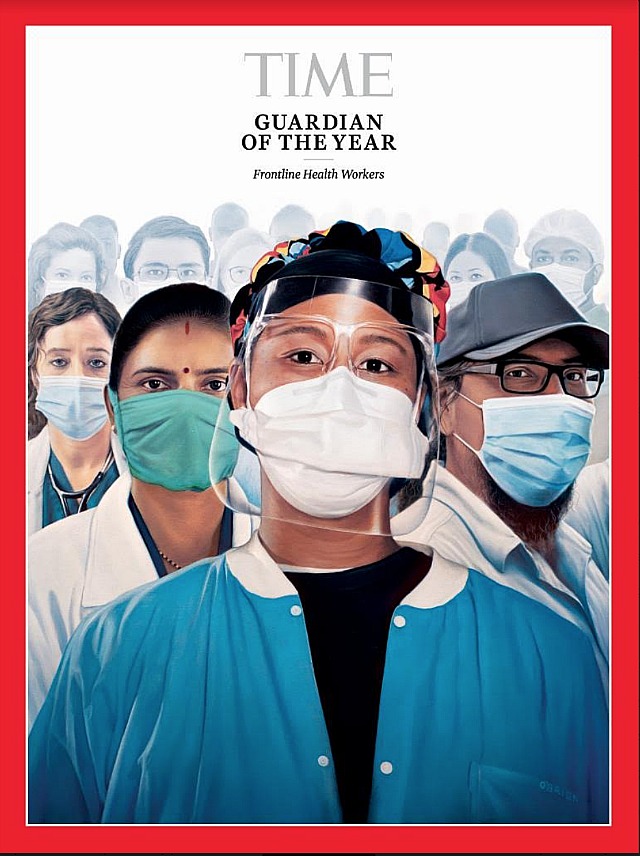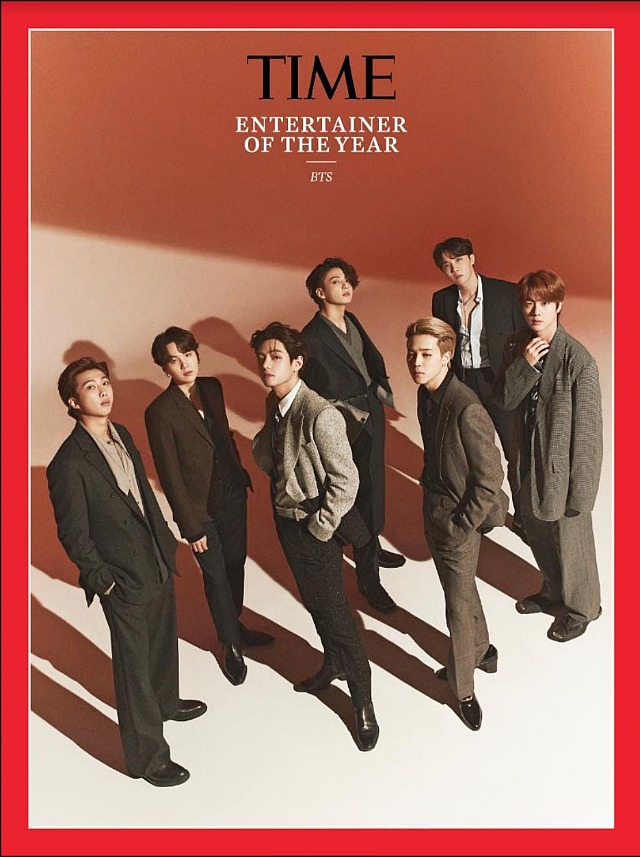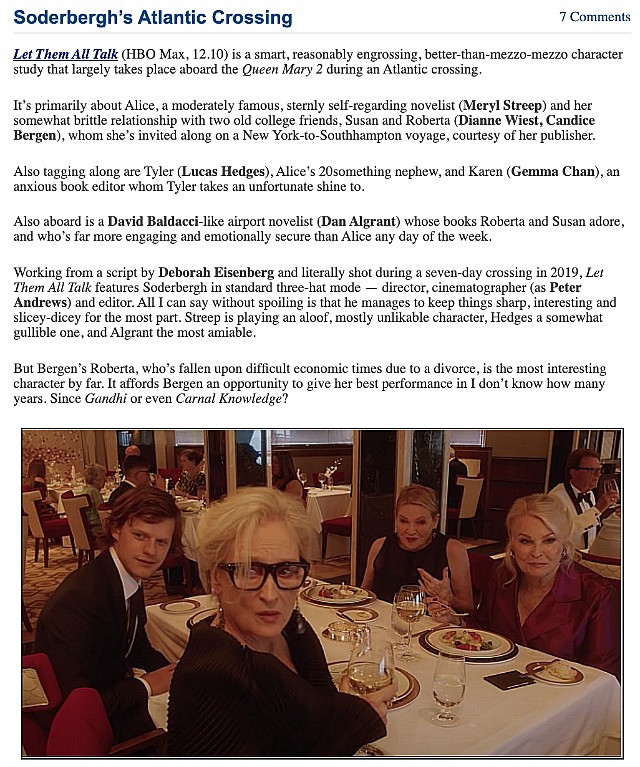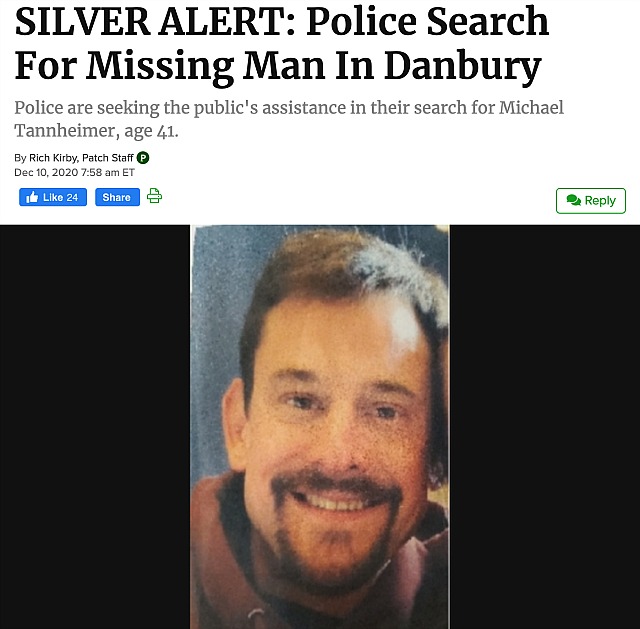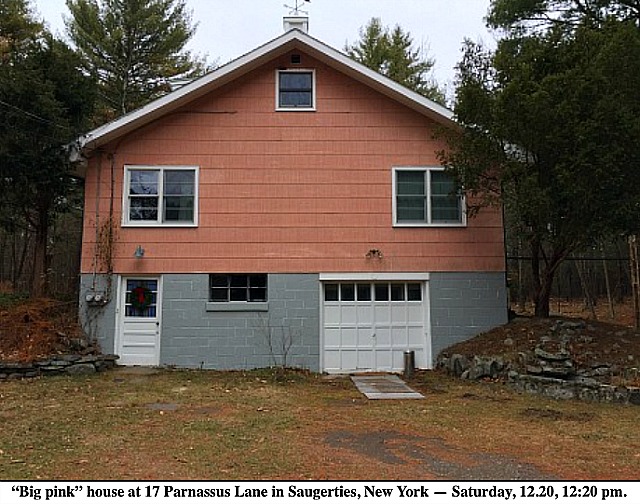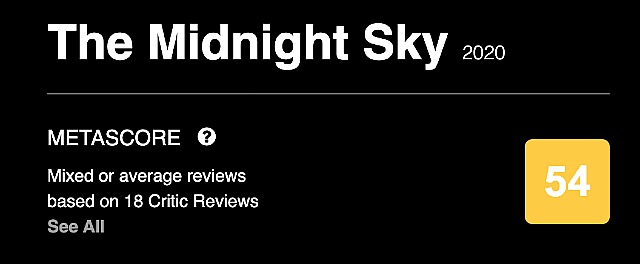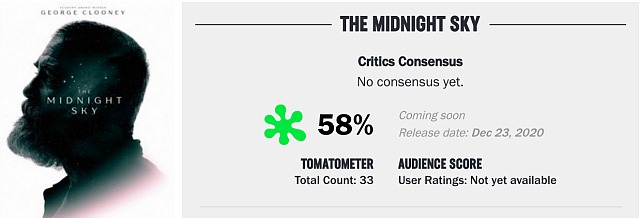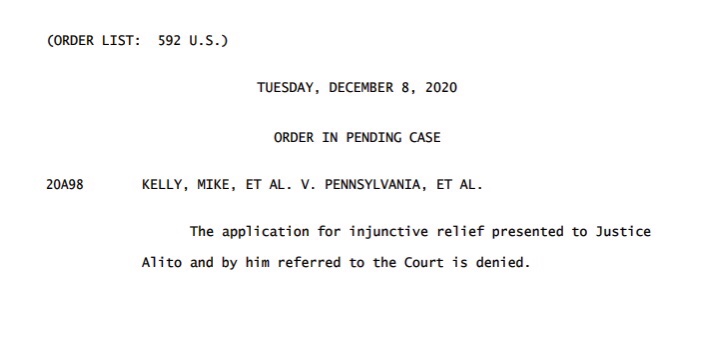As much as I respected and went with Steve McQueen‘s Lovers Rock (Amazon Prime, 11.20), it was obvious early on that it was basically a spirited mood piece — a 68-minute film about a house party in 1980s West London…love (mainly the current between Micheal Ward and Amarah-Jae St. Aubyn), lulling vibes, singing, throbbing raggae, spicy food, etc. No story, no narrative…an agreeable “hang”.
And then I saw McQueen’s Mangrove, a gripping, well-throttled political drama which echoes and parallels Aaron Sorkin‘s The Trial of the Chicago 7. I knew soon enough I was watching something utterly transporting and first-rate — a fact-based, racist-cops-vs.-neighborhood-activists drama set in late ’60s and early ’70s London, and about as fully satisfying as something like this (concluding with a courtroom drama) could be.
I decided the next day that Mangrove was my favorite 2020 film, even though Amazon has decided that it’s not an Oscar contender (although it should be).
And then I read the just-posted Sight & Sound roster of the 50 best films of 2020, and of course they’ve got Lovers Rock in the #1 slot and Mangrove at #13…naturally!
Garrett Bradley‘s Time (Amazon Prime, now streaming), an 81-minute doc about a wife fighting for the release of her incarcerated husband, serving a 60-year sentence for bank robbery, was ranked at #2. Kelly Reichardt‘s First Cow has the #3 position, Charlie Kaufman‘s I’m Thinking of Ending Things is #4, and Rose Glass‘s Saint Maud is ranked fifth.
You can always rely on the Sight & Sound fraternity to convey dweeb values.
Here’s the full 50.


